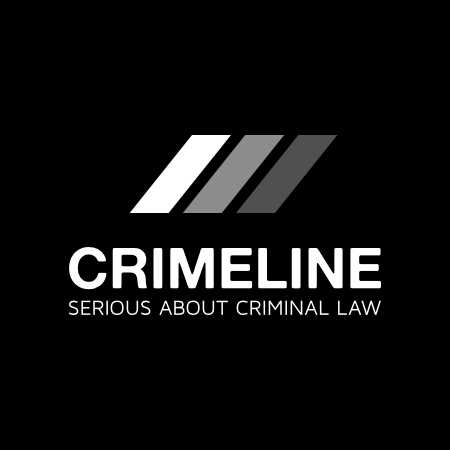Legislation – Police and Justice Act 2006
Changes to legislation:
There are currently no known outstanding effects for the Police and Justice Act 2006, SCHEDULE 7.![]()
Changes to Legislation
Revised legislation carried on this site may not be fully up to date. At the current time any known changes or effects made by subsequent legislation have been applied to the text of the legislation you are viewing by the editorial team. Please see ‘Frequently Asked Questions’ for details regarding the timescales for which new effects are identified and recorded on this site.
SCHEDULE 7Schedule to be inserted into the Police Reform Act 2002
“SCHEDULE 5APowers exercisable by accredited inspectors
Power to issue fixed penalty notices
1
(1)
An accredited inspector whose accreditation specifies that this paragraph applies to him shall have the powers specified in sub-paragraph (2) in relation to any individual who he has reason to believe has committed a relevant fixed penalty offence at a place within the relevant police area.
(2)
The powers are the powers of a constable in uniform to give a penalty notice under Chapter 1 of Part 1 of the Criminal Justice and Police Act 2001 (fixed penalty notices in respect of offences of disorder) so far as exercisable in respect of a relevant fixed penalty offence.
Power to require giving of name and address
2
(1)
Where an accredited inspector whose accreditation specifies that this paragraph applies to him has reason to believe that a person has committed a relevant fixed penalty offence in the relevant police area, he may require the person to give him his name and address.
(2)
A person who fails to comply with a requirement under sub-paragraph (1) is guilty of an offence and shall be liable, on summary conviction, to a fine not exceeding level 3 on the standard scale.
Photographing of persons given fixed penalty notices
3
An accredited inspector whose accreditation specifies that this paragraph applies to him shall, within the relevant police area, have the power of a constable under section 64A(1A) of the 1984 Act (photographing of suspects etc) to take a photograph, elsewhere than at a police station, of a person to whom the accredited inspector has given a penalty notice in exercise of the powers mentioned in paragraph 1(2).
Interpretation
4
In this Schedule—
“the relevant police area”, in relation to an accredited inspector, means the police area for which the police force whose chief officer granted his accreditation is maintained;
“relevant fixed penalty offence”, in relation to an accredited inspector, means an offence which—
(a)
is an offence contained in a provision mentioned in the first column of the Table in section 1(1) of the Criminal Justice and Police Act 2001, and
(b)
is specified or described in his accreditation as an offence he has been accredited to enforce.”
